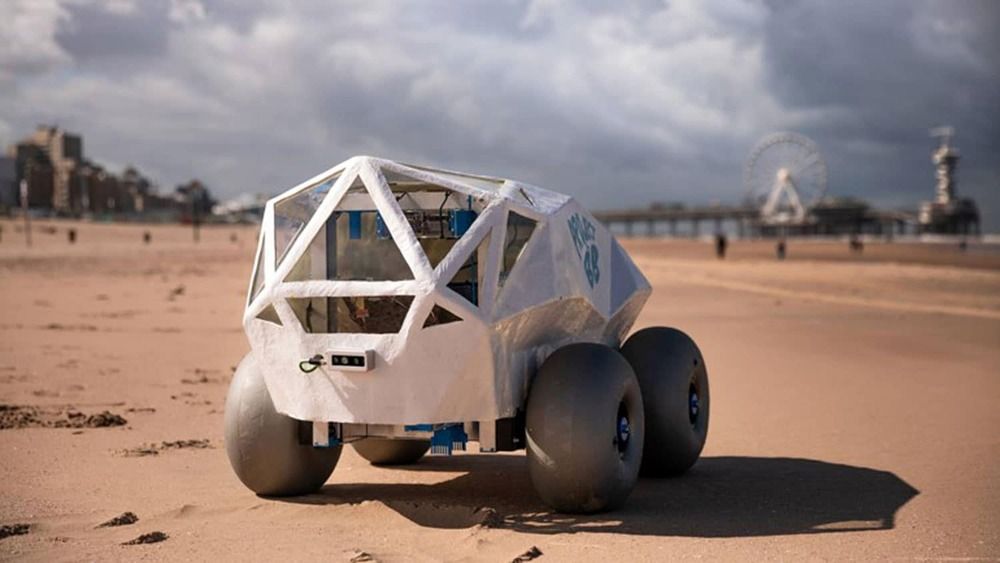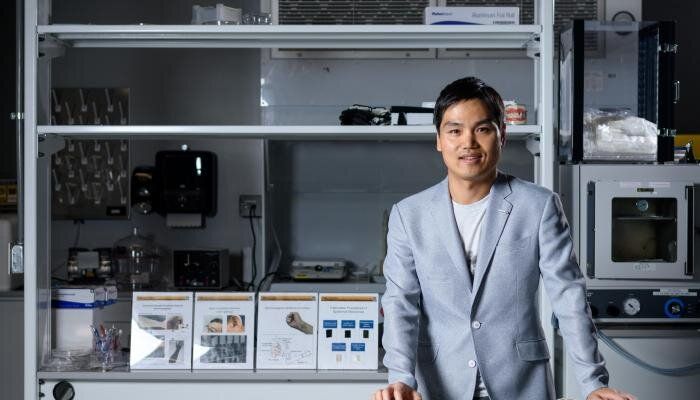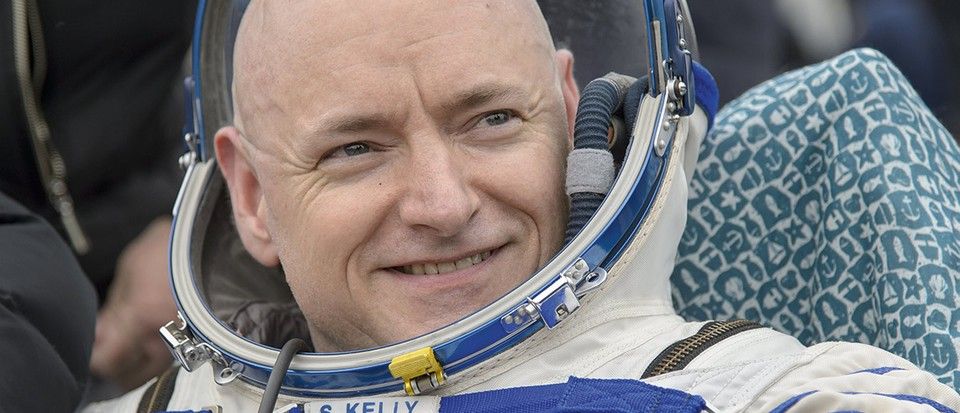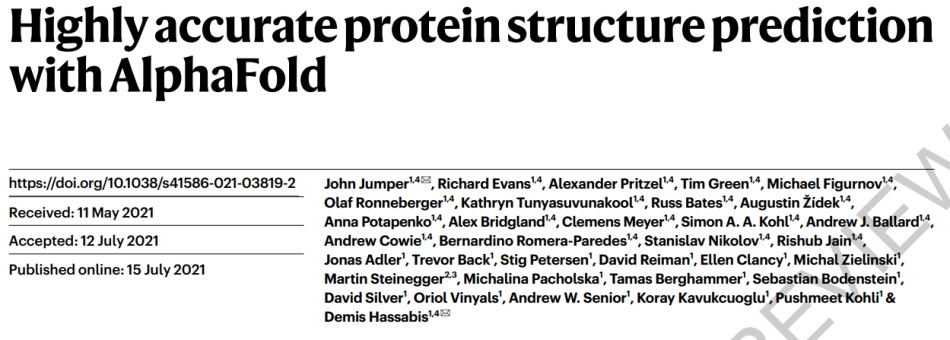Jul 22, 2021
AI-enabled BeachBot robot to clean up cigarette butts on beaches
Posted by Jason Blain in category: robotics/AI
With help from Microsoft’s artificial intelligence systems, the BeachBot learns how to better find the strewn filters, even if they’re partially buried in the sand. It then scoops these cigarette butts up from the sand and disposes of them in an internal bin. Later, people empty that bin into a trash container. Rolling atop the sand on four puffy-looking wheels, the beach-cleaning robot uses two onboard cameras to look ahead (to avoid people and objects) and to look down.
The BeachBot is still in early learning via the software giant’s Trove AI system, which helps provide image sets for this kind of machine learning task. Teaching the bot how to find its prey requires a lot of people. TechTics must show the beach rover (and, specifically, the AI system) thousands of photos of cigarette butts, all lying about in various states, such as partially hidden, so it can recognize and remember them.
Continue reading “AI-enabled BeachBot robot to clean up cigarette butts on beaches” »


















